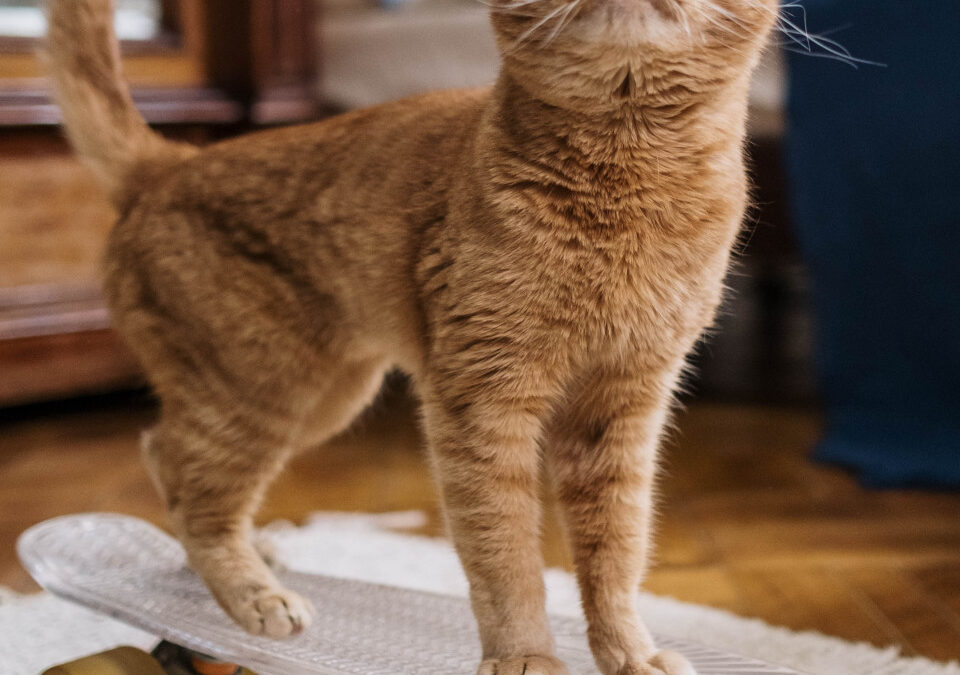Punishing is the hardest part of training a pet, especially with the cat. There are many ways a trainer can punish the cat. It can be through words, actions, or something physical. However, some things need to be considered when punishing a cat during cat training.
1. Find the perfect time. There is a perfect time when a cat should be punished during training. Punishment will only be effective if delivered immediately after the cat has done something that is not desirable.
If the cat is punished later after the misbehavior, it cannot associate the punishment with the misbehavior. Cats do not understand the same way people do. Hence, it is important to associate the undesired action with communication of the punishment.
2. Punishment does not mean that the trainer has to hurt the cat. Cats are just animals and do not have a sense of what is right or wrong. Punishing a cat by inflicting pain on its body is not right. Aside from the fact that inflicting physical pain is against Animal Rights, the cat will only be provoked and might fight back. It may only cause the trainer to be bitten by the cat. As a result, the cat may become violent, which may be very dangerous to kids and other people who may come close to it.
3. Other alternatives may also be used in correcting a cat. One effective way is the reward and recognition method. The cat is reinforced to continue a likable behavior because a reward is associated with it.
Rewards can be in the form of praises, petting, food, or toys. If a cat did something good, the cat may be given rewards like food, a yarn toy, or a hug. The trainer can immediately remove the rewards if something undesirable is done. The cat will then learn that the treats will be removed if the undesirable action is made again.
Training a cat, like any other pet, requires patience and understanding to be effective. Consistent training can produce faster results. Cats are the sweetest pets one could have, and it is only fair that they are treated the same.


